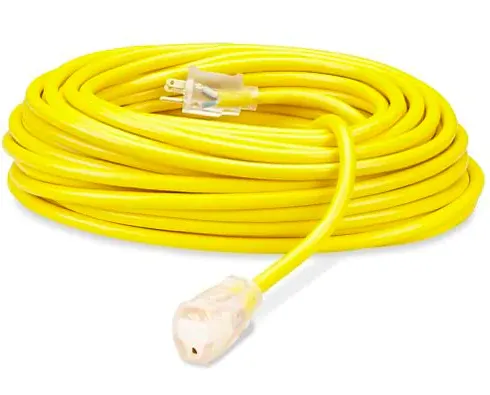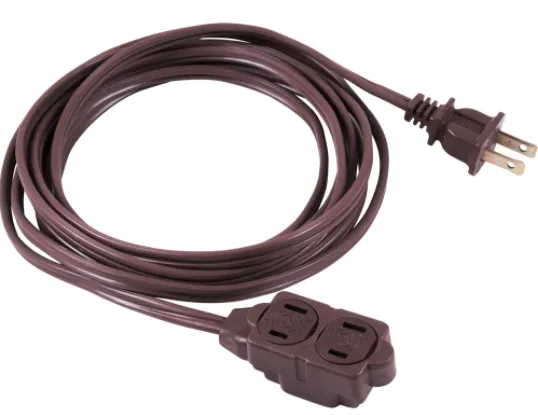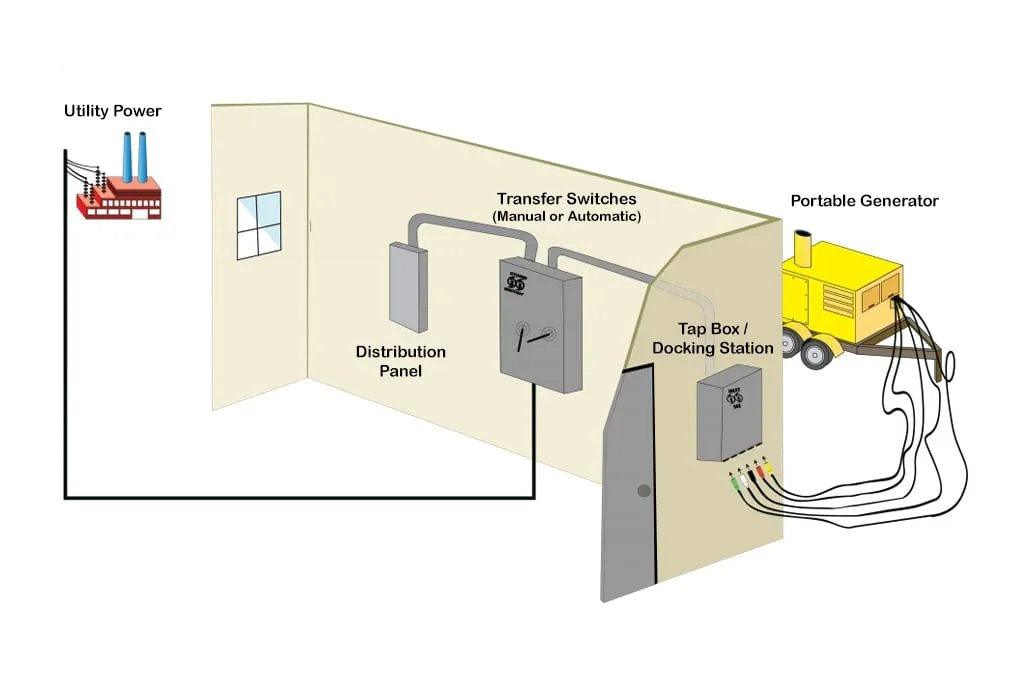News
Connecting Your Home to A Generator Via Transfer Switch
Connecting Your Home to A Generator Via Transfer Switch
Without the help of a generator and transfer switch in the event of a power outage, you and your family will be left in the dark. Utility companies will be dispatched immediately, working around the clock to restore power to the grid, although this could take days or sometimes over a week before power is finally restored. That’s where the help of a Portable or Standby generator comes in handy. However, it is of the utmost importance that your emergency power system is wired and connected properly according to electric codes and standards, which differ depending on which state you live in.
Simply put, you should always try to connect your generator to a transfer switch. However, if you only need to power one or two appliances like your refrigerator or microwave, you can plug extension cords into your portable generator. You should never connect your generator by back-feeding your home. Backfeeding is the process of connecting your generator directly to an existing outlet in your home or garage by using a power cord with 2 male ends. This is extremely dangerous and a direct violation of the electrical code, and it’s illegal in most states. Backfeeding can result in electrical current transferring back into local utility lines, creating an electrocution hazard for utility workers that can result in injury or death. This leaves whomever improperly backfed their home at fault and may very well be criminally prosecuted.
How To Properly Connect a Generator
If you are not an experienced, licensed, or certified electrician, Power Assemblies encourages you to call your local electrician when installing a transfer switch or setting up your generator for the first time as it can be extremely dangerous if not connected and wired properly.
We’ve all heard it before, those two little words. Safety First. While connecting your home to a generator, you must be certain to always disconnect the utility power before energizing your home. It’s the number one rule. You can do this by shutting off the main breaker at your first means of disconnect, which is at your main electrical panel, or you can transfer the power from “Utility” or “Line” to “Generator” by using a transfer switch. If you have a customer in need of a transfer switch, our team at Power Assemblies builds custom automatic and manual transfer switches assembled with quick, plug-and-play camlock connections from trusted brands around the country such as Eaton, ABB, and Schneider Electric.
Extension Cords
When using a portable generator for a minor application such as connecting appliances like a refrigerator, microwave, or window air conditioning unit, extension cords can really come in handy. Extension cords are convenient but don’t allow you to get the most out of your investment, since only a limited number of circuits can be connected to the generator, depending on the number of outlets built into it.
In order to hook up your generator for use with extension cords, start by wheeling your generator at least 20 feet away from any openings outside your home to avoid the exhaust from getting in your home. Next, plug in a L14-20 locking extension cord into your generator outlet and fire up the generator. (Remember that this application is for minor uses, so you should never overload the circuit with multiple different appliances.) Also, it’s important to strictly use a 12/3 wire extension cord on 20-amp circuits, and a 10/3 wire extension cord on 30-amp circuits.
Trip hazards may also be an issue if you are running multiple extension cords into your home. Additionally, this application may pose a fire hazard if you overload circuits, or if you use a cheap or undersized 14-gauge extension cord on a 20 or 30-amp circuit. You get what you pay for, so it’s crucial that you invest in quality extension cords. For a list of reliable extension cords, visit our site PowerAssemblies.com and click Cable Assemblies to browse our collection of heavy-duty extension cords.
Recommended

Not Recommended

Transfer Switch
Connecting your home to a generator with a transfer switch is the safest and most ideal method of restoring power to your home. Again, this is a job for no other than an experienced electrician and may take several hours to complete. Once your manual or automatic transfer switch is installed, it’ll simplify the process of restoring power to your home immensely. You no longer have to deal with the hassle of running extension cords throughout your home or face the safety hazards that come along with them.
To restore power back to your home using a transfer switch, start by connecting your generator to your transfer switch using a set of generator cables. Generator cables can be made up of camlock connectors, l14-30 extension cables, 50-amp California-style locking cables, or other twist-lock connectors. Once your cables are plugged in, fire up your generator and let it warm up outside. Now it’s time to flip your safety switch or main breaker from “Line” To “Generator” power. This should restore power back to your home, and you can begin turning on your desired circuits one at a time. Now you can head back inside and enjoy the amenities that owning a standby generator provides!
Once the utility companies have repaired the issue at hand and restored power back to the grid, it’s time to turn off your generator and switch back over to utility power. We’re going to do the same process as mentioned earlier in reverse. Start by switching your main breaker or safety switch back from “Generator” to “Line” power. Then, simply turn off your generator, and coil up your cable assemblies and store them in a safe location for easy access next time power is lost.
We hope that this guide has helped you gain some insight and knowledge for the next time a power outage occurs. Blackouts are usually unexpected and can happen in an instant. We recommend you have the tools and equipment necessary to stay connected next time the power goes out. If you have any questions, concerns, or are interested in finding a Power Assemblies distributor near you, contact us at (866)-825-8525 and we’ll be happy to help. Until then, stay safe and stay connected!

